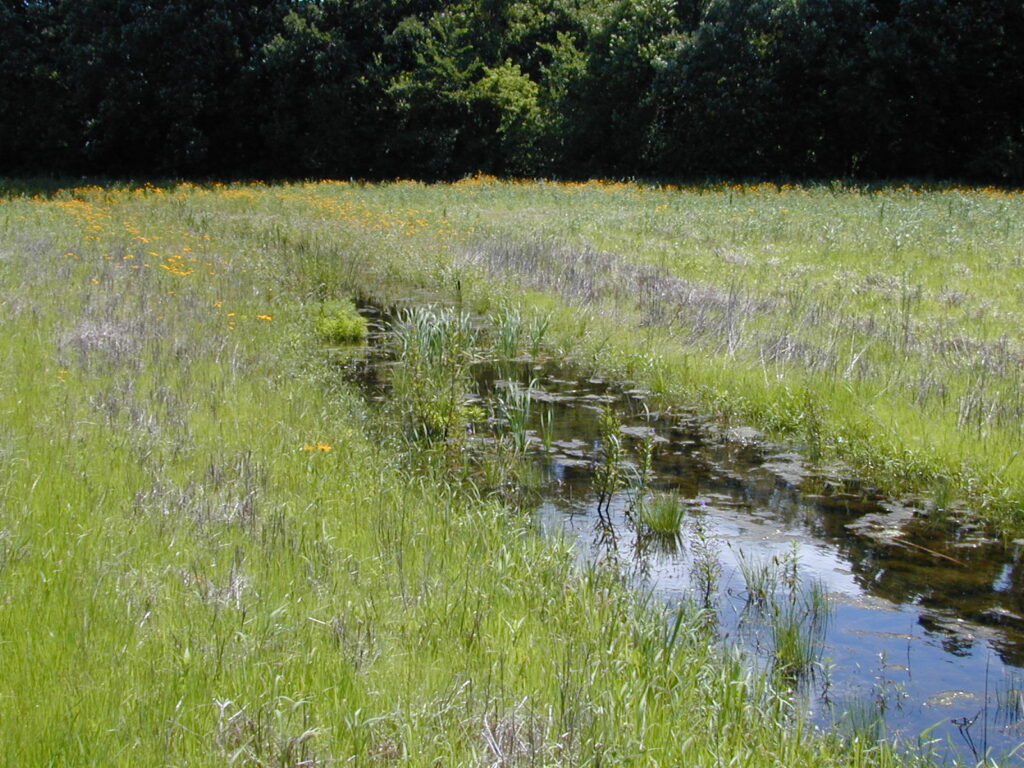2018 WCA report for Mower County

Fact sheet for WCA
Mower County: WCA questions should be directed to Mower SWCD's Steve Lawler at steve@mowerdistrict.org.
Purpose:
To maintain and protect Minnesota’s wetlands and the benefits they provide. To retain the benefits of wetlands and reach the legislation’s goal of no-net-loss of wetlands, the Wetland Conservation Act requires anyone proposing to drain, fill, or excavate a wetland first to try to avoid disturbing the wetland; second, to try to minimize any impact on the wetland; and, finally, to replace any lost wetland acres, functions, and values. Certain wetland activities are exempt from the act, allowing projects with minimal impact or projects located on land where certain pre-established land uses are present to proceed without regulation.
History:
In 1991, reacting to public concern about Minnesota’s disappearing wetlands, the Minnesota Legislature approved and Governor Arne Carlson signed the Wetland Conservation Act, one of the most sweeping wetlands protection laws in the country.
An interim program became effective January 1, 1992. On January 1, 1994, the full program began. The Legislature has amended the WCA many times, mostly to accommodate the varying needs of the different geographic areas of Minnesota.
Administration:
Local government units—cities, counties, watershed management organizations, soil and water conservation districts, and townships—implement the act locally. The Minnesota Board of Water and Soil Resources administers the act statewide, and the Department of Natural Resources enforces it.
Benefits:
- The Wetland Conservation Act recognizes a number of wetland benefits deemed important, including:
- Water quality, including filtering pollutants out of surface water and groundwater, using nutrients that would otherwise pollute public waters, trapping sediments, protecting shoreline, and recharging groundwater supplies;
- Floodwater and storm water retention, including reducing the potential for flooding in the watershed;
- Public recreation and education, including hunting and fishing areas, wildlife viewing areas, and nature areas;
- Commercial benefits, including wild rice and cranberry growing areas and aquaculture areas;
- Fish and wildlife benefits; and
- Low-flow augmentation during times of drought.
